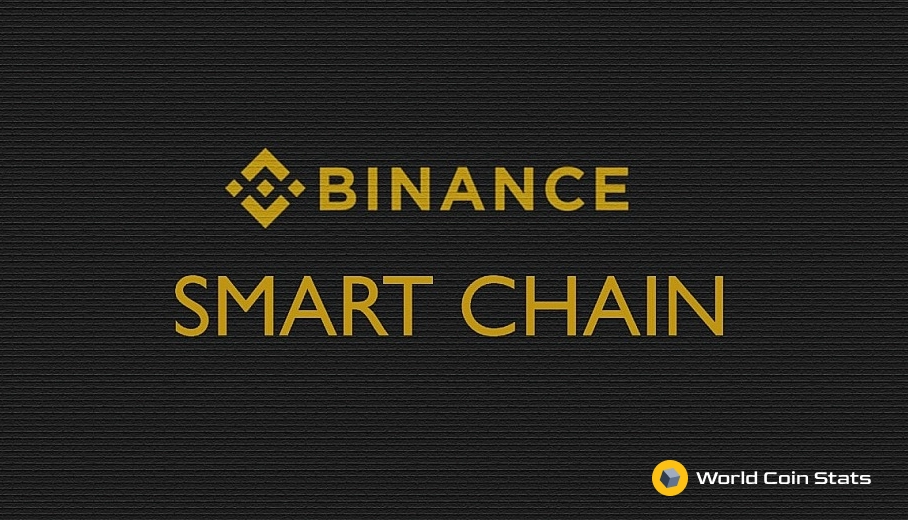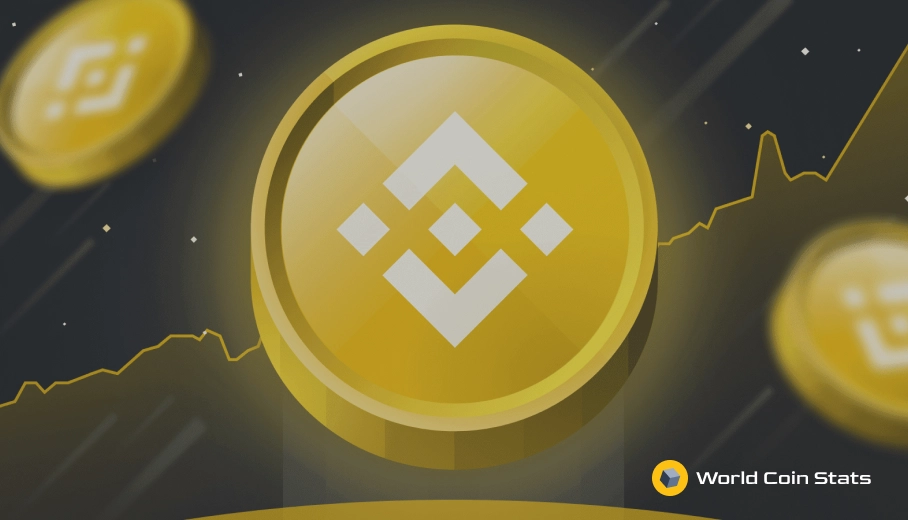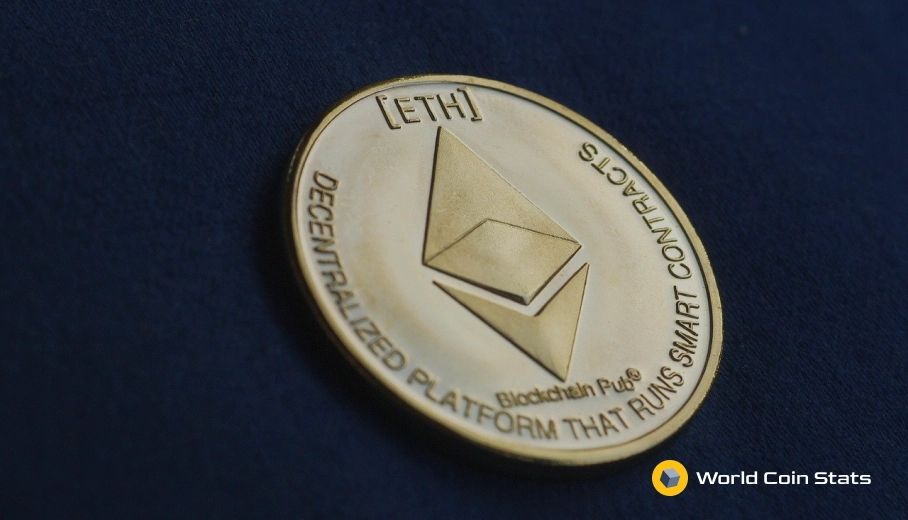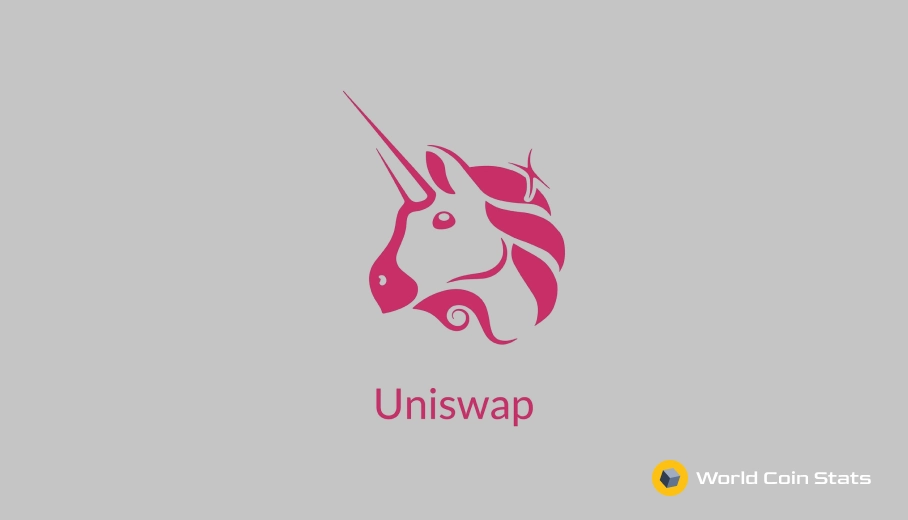Can Binance Smart Chain kill Ethereum?
Ethereum’s blockchain has a reputation for having many problems related to transaction fees and transaction speeds. Naturally, this has led to many alternatives appearing. Some alternatives include Polkadot, Cardano, and NEO.
However, Binance has thrown their hands in the ring with their own blockchain technology called Binance Smart Chain (BSC). This article will cover some of the differences between the two and why it’s possible, albeit unlikely, that Binance Smart Chain could kill Ethereum.
What is Binance Smart Chain?
Simply put, Binance Smart Chain (BSC) is another blockchain technology used to help with decentralized, fast trading on the Binance platform. It was released in April 2019 by Binace with that explicit purpose.
To the surprise of no one, the most popular dApp (decentralized application) on Binance Chain is the Binance DEX (decentralized exchange).
We would like to clarify one thing, though. Binance Smart Chain is a different technology than Binance Chain. In fact, Binance Smart Chain runs separate from Binance Chain. This means that it is not a layer two – it’s a completely separate ecosystem.
The reason for this separation of the blockchains is simple. Binance Chain, while great, does not have smart contract compatibility nor is it connected to the Ethereum Virtual Machine (EVM).
On the other hand, Binance Smart Chain does have smart contract functionality and can run with the Ethereum Virtual Machine. This obviously makes it much more suitable as a competitor to the Ethereum blockchain.
It actually very closely resembles the Ethereum blockchain with these traits, and it does have some benefits over the Ethereum blockchain, which we will cover in the next section.
Benefits of Binance Smart Chain
Here are some of the benefits of the Binance Smart Chain blockchain. These benefits are just a brief overview of some of the advantages and not a fully comprehensive list.
Fast Block TImes
The first benefit of Binance Smart Chain is the fast block times. Specifically, the block times are about 3 seconds, which is about 13 seconds per block.
These fast block times are possible because Binance Smart Chain is a proof of stake authority (PoSA) blockchain. This means that blocks are validated by users staking Binance coins (BNB) onto the blockchain to validate blocks.
That results in much faster transaction times at a much lower cost. The only downside is that it can be a little less secure, but Ethereum is slowly moving to a proof of stake blockchain from a proof of work blockchain because proof of stake just works better.
Cross-Chain Compatibility
Cross-chain compatibility is another huge benefit of Binance Smart Chain. The other chain that Binance Smart Chain is compatible with is, of course, Binance Chain. This compatibility allows users to easily move BEP-6 and BEP-8 coins from the Binance Chain to the BEP-20 coins found on the Binance Smart Chain.
The purpose of this is to help facilitate decentralized finance dApps. For instance, Binance Chain has a few popular cryptocurrencies, such as Bitcoin and Ethereum, that are tokenized on the blockchain. Those tokens aren’t technically the token, but in practice they are because they track the price of the underlying token 1:1.
Anyway, cross-chain compatibility like this is what can allow a blockchain to compete directly with Ethereum. The next section will go into more detail on other reasons that Binance Smart Chain has a real possibility of killing Ethereum.
Why Binance Smart Chain Might Kill Ethereum
As everyone probably knows, Ethereum has a bad reputation for having high gas fees and slow transaction times. The blockchain itself is fine – the problem is that those transaction fees and speeds interfere with the DeFi protocols that operate on top of it.
The good thing with Binance Smart Chain is that it operates in the same manner as Ethereum without all the headache of high transaction fees. However, the downside is that it’s a very centralized blockchain, as you might expect from a blockchain developed by a cryptocurrency exchange. It has 21 nodes and all of them are controlled by Binance, which is never a good look for a so-called decentralized blockchain.
Now, despite the one downside of so many centralized nodes, the upside of Binance Smart Chain is that it does function properly for DeFi apps.
That is something that we can’t really complain about.
Does this mean that the Binance Smart Chain will kill Ethereum?
It’s highly unlikely that will occur 100%, but what will likely happen is that the Binance Smart Chain will take market share from the Ethereum blockchain. But the Ethereum blockchain will still always remain on some level. It will probably just have an increasingly smaller market share unless radical changes, such as switching to a proof of stake (PoS) model, are taken in the near-term future.
Final Thoughts
That covers it for why the Binance Smart Chain has the possibility to kill Ethereum. Personally, we don’t find it that likely of an outcome, but we do see some scenarios where the Binance Smart Chain could result in less use of the Ethereum blockchain. However, calling the Binance Smart Chain an “Ethereum killer” is a little far fetched in our opinion.
An “Ethereum reducer” might be a better way to put it as it will likely reduce the market share.




